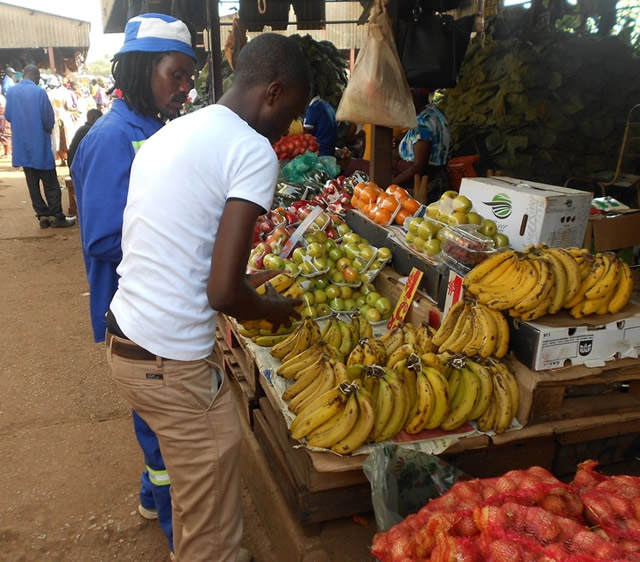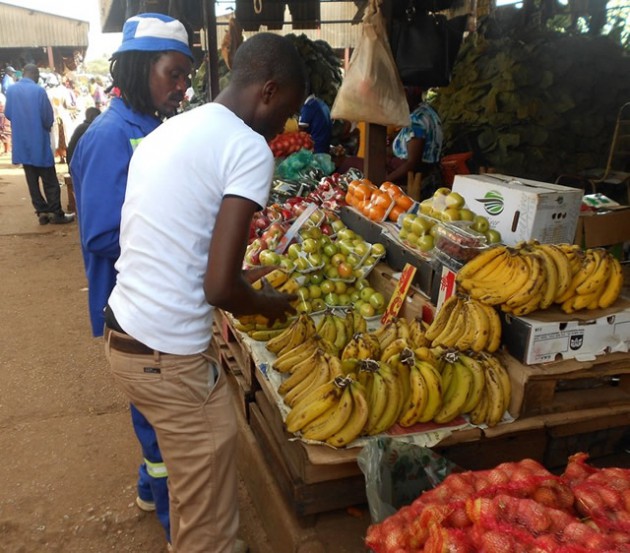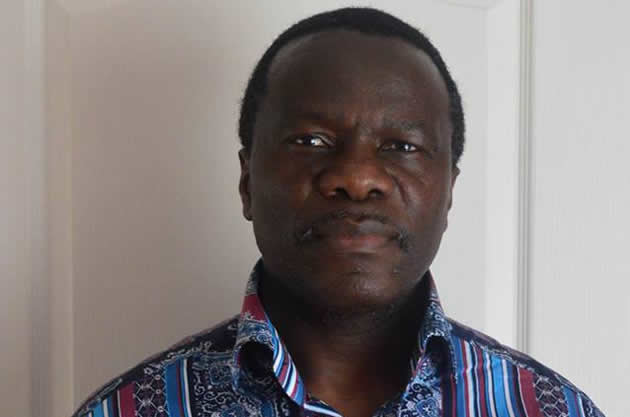Measuring knowledge flow in agric sector

Charles Dhewa
In order to stay relevant, every organisation working in the agriculture sector should try to measure how knowledge flows from its activities to other users such as farmers, consumers and other organisations. It is no longer enough to produce tons of documents, manuals and instructional videos without a clear sense of who is using such things. In practical terms, it may not be useful to measure knowledge in terms of numbers of academic degrees earned per year per university. Such a measurement does not say anything about the quality of that knowledge unless it starts being applied.
Towards smart ways of measuring agricultural knowledge flow
An agricultural-driven economy has to devise smart ways of measuring the flow of knowledge to where it is needed. Efforts to measure change in knowledge are critical. For instance, it is important to measure how much of farmers’ knowledge or new practices are due to field days or training in farming as a business. Also necessary is measuring the relationship capital between farmers and traders in the market. Activity metrics that can help in measuring knowledge flow in the agriculture sector include:
Instances where farmers or traders re-use what they have learned from financial institutions. In the current era characterised by too much information against attention to use it, a lot of information is never re-used but quickly forgotten.
Number of lessons embedded into production and marketing procedures. How many lessons from a field day or training course are embedded into existing practices?
Number of community activities and levels of participation in those activities.
Number of questions asked by farmers or traders per month. Agritex, NGOs, parastatals such as GMB or ARDA should make an effort to count the number of questions asked by service demanders such as farmers and traders per month. This will show the extent to which their services meet demand.
Number of answers per question. From each question sent by farmers, how many answers can be provided by different institutions including farmer unions? This will show the breadth of the knowledge. It may also increase farmers’ satisfaction levels with given answers. Many organisations have existed for decades without providing satisfactory answers to farmers and actors.
Time between question and first answer. This will show the responsiveness of organisations and other sources of information. In most cases, organisations take ages to answer a single question satisfactorily, showing that answers are not readily available.
Farmer feedback and satisfaction ratings. This can be collected through an ICT-based user rating system.
Re-use rate of agricultural knowledge. An organisation whose business is providing knowledge to farmers should be interested in finding out the extent to which knowledge is re-purposed and re-used. Otherwise it will continue wasting resources generating information which is never re-used but used once and forgotten.
Evidence of value through use of agricultural knowledge base, presented as success stories. How many farmers succeed due to knowledge from farmer unions, for example?
Laws of supply and demand in agricultural knowledge
When there is a shortage of information, anybody who looks for it pays a higher price. Farmers do not have enough information about horticulture, for instance. They have no idea about the cost of acquiring useful information and knowledge. For farmers who produce without an idea of market demand and size, the cost of sourcing market information increases.
On the other hand, most of the information provided through formal institutions and formal processes is often too general to be useful. Farmers who spend money seeking specialised information from hands-on experts often reap better rewards than those who depend on general information accessed by everybody.
Using the market to
measure knowledge
The market can actually show you whether your knowledge is adequate or not. The difference between a farmer who achieves ten tons per hectare and one who achieves less than three tons can be visible through volumes that come to the market. The high quality of knowledge expressed through product quality also triggers better prices. While information and knowledge about maize production has become abundant and general, horticulture remains a new knowledge area for the majority of farmers. For instance, many farmers are still growing one variety of cucumber instead of choosing from more than six varieties. The market can also show which variety is replacing others.
For instance, a new tomato variety called Star 9009 is about to dominate the horticulture market because it is being bred to take some of the features of the previously famous Rodate variety. Rodate had become the darling of most housewives due to its soup yield compared to other varieties.
The market also shows that consumers are becoming conscious of the fact that food is the best medicine. Most consumers who frequent Mbare and other people’s markets seem to recognise that cabbage, broccoli and cauliflower are the best defenders against cancer.
It looks like providing knowledge to consumers is becoming the best way of stimulating demand for agricultural commodities. Lemons now command space in the people’s market due to the rise in religious exercises by the VaPostori who are increasingly prescribing lemons and eggs as critical components in treatments of their clients suffering from different ailments.
Farmers who do not factor the cost of seeking knowledge in their budgets continue to rely on common sense and public knowledge which is becoming too general and irrelevant. Unfortunately, most farmers lack knowledge of what they really need and this limits the extent to which they can demand knowledge.
On the other hand, prior knowledge can be a barrier to the adoption of new agricultural knowledge in various ways. Some farmers have become obsessed with certain maize varieties such as Hickory King.
However, climate change is forcing some farmers to seek new knowledge. For instance, climate change is forcing farmers in Gokwe and Muzarabani to replace cotton with sweet potatoes and okra respectively.
It appears the positive side of climate change is compelling people to experiment with and adopt new knowledge. For instance, in the interest of saving water, there is a giant move from overhead irrigation to drip irrigation.
Are seed companies creating new knowledge or just copying each other?
While Zimbabwe has seen a proliferation of seed companies, a number of them focusing on maize, most of the companies seem to be copying each other rather than coming up with ground-breaking research to address critical issues like Climate Change. Those that are trying to innovate around maize are focusing on the following aspects:
Increasing husk cover for maize cobs so that moisture and insects don’t damage the cob while still on the land.
Genetics for the cob to face down when ripe to avoid being harmed by later rains.
Increasing shelling percentage — more grains per cob so that the cob becomes much smaller but produce more grains.
Dwarfism — There is considerable research to shorten maize stalks. The longer the stalks the more nutrients consumed by a maize plant.
Drought tolerance — given frequent mid-season dry spells, a maize crop should be able to survive for 21 days without rainfall or moisture.
Charles Dhewa is a proactive knowledge management specialist and chief executive officer of Knowledge Transfer Africa (Pvt) (www.knowledgetransafrica.com) whose flagship eMKambo (www.emkambo.co.zw) has a presence in more than 20 agricultural markets in Zimbabwe. He can be contacted on: [email protected] ; Mobile: +263 774 430 309 / 772 137 717/ 712 737 430.










Comments